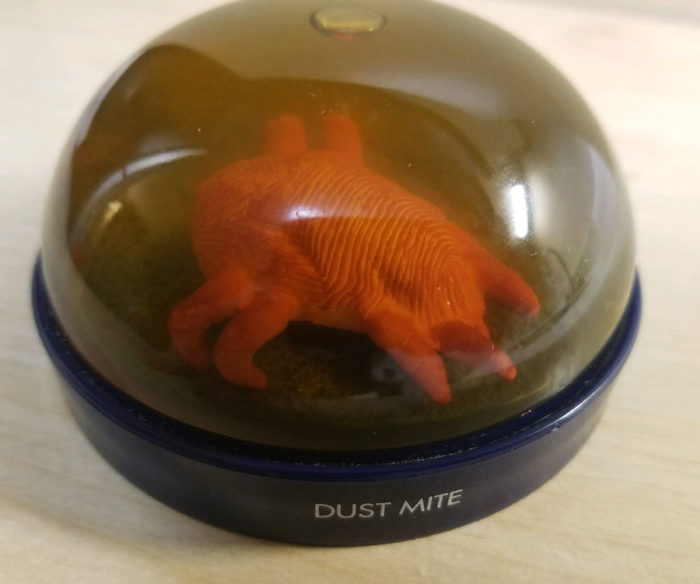Today I am reviewing a rather unusual figure. It is a model of a dust mite sold in a snow globe-type display! The figure was produced by Wolff Marketing Group, Inc. for the allergy medication Zyrtec (which was first manufactured by Pfizer but is now sold by by Johnson & Johnson – I am not sure how old the figure is, so I am not sure which company this figure was produced for).
Domestic Pigeon (Unknown Company)
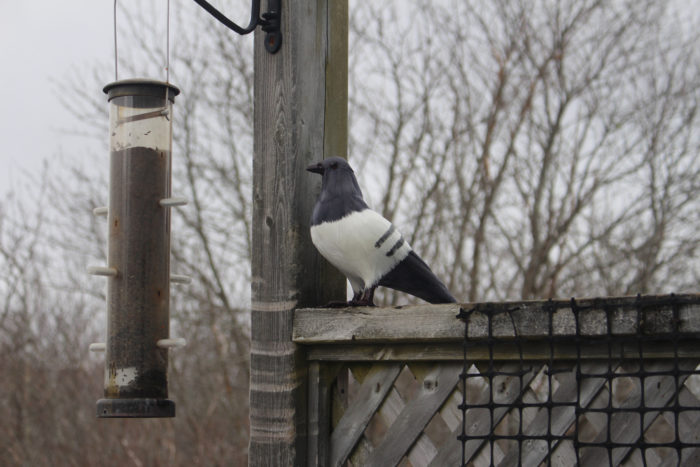
Review and images by stargatedalek; edited by bmathison1972
Not long ago I received an eBay coupon as a consolation prize in one of their contests. Unsure what to spend it on, I remembered seeing some surprisingly impressive birds made using a plastic base with real feathers attached and decided to see if they were in fact any higher in quality than the equivalents I once had from many a local dollar store.
Smokybrown Cockroach (Capsule Q Museum: Sanitary Insect Pest Exhibition by Kaiyodo)
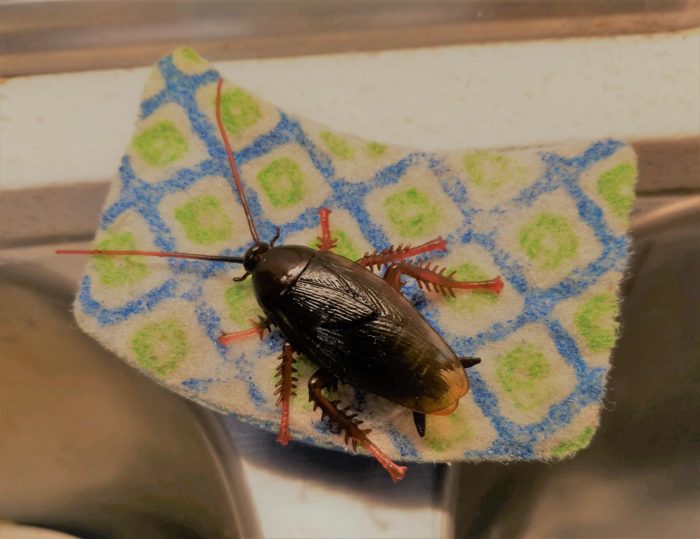
Today we are reviewing the smokybrown cockroach, Periplaneta fulginosa, by Kaiyodo for the Sanitary Insect Pest Exhibition from 2015. A year later, Kaiyodo would release a nymph of this same species in the Sticky Tack Insect set (see the third image). Like most anthropophilic species, the smokybrown is native to Asia.
Shortfin Mako Shark, 1997 (Wild Safari Sealife by Safari Ltd.)
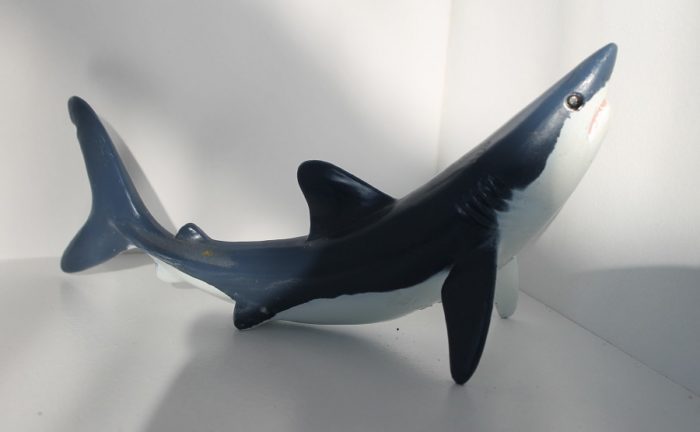
Although the great white shark is without dispute the most popular of sharks it’s the closely related shortfin mako (Isurus oxyrinchus) that might be the most quintessential of all shark species. It’s as streamlined and graceful as they come, an efficiently evolved animal that might just be, the perfect shark.
Life Cycle of a Mosquito (Safariology by Safari Ltd.)
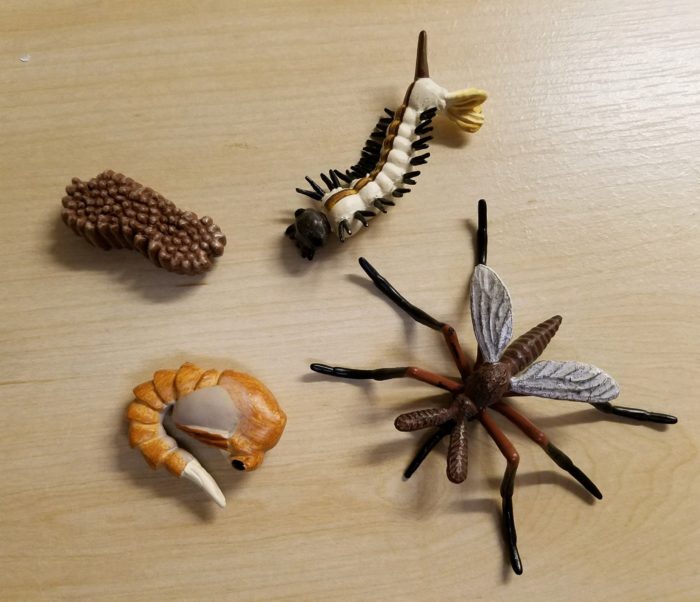
Mosquitoes! They have been referred to as the most medically and economically destructive group of insects, due to their role in the transmission of disease-causing agents. They are responsible for the transmission of the agents of malaria, lymphatic filariasis, dirofilariasis, yellow fever, Chikingunya, dengue, West Nile, and many many others. Yet, they also play a very important role in freshwater ecosystems, as they are an important food source for freshwater invertebrates, fish, and birds.

